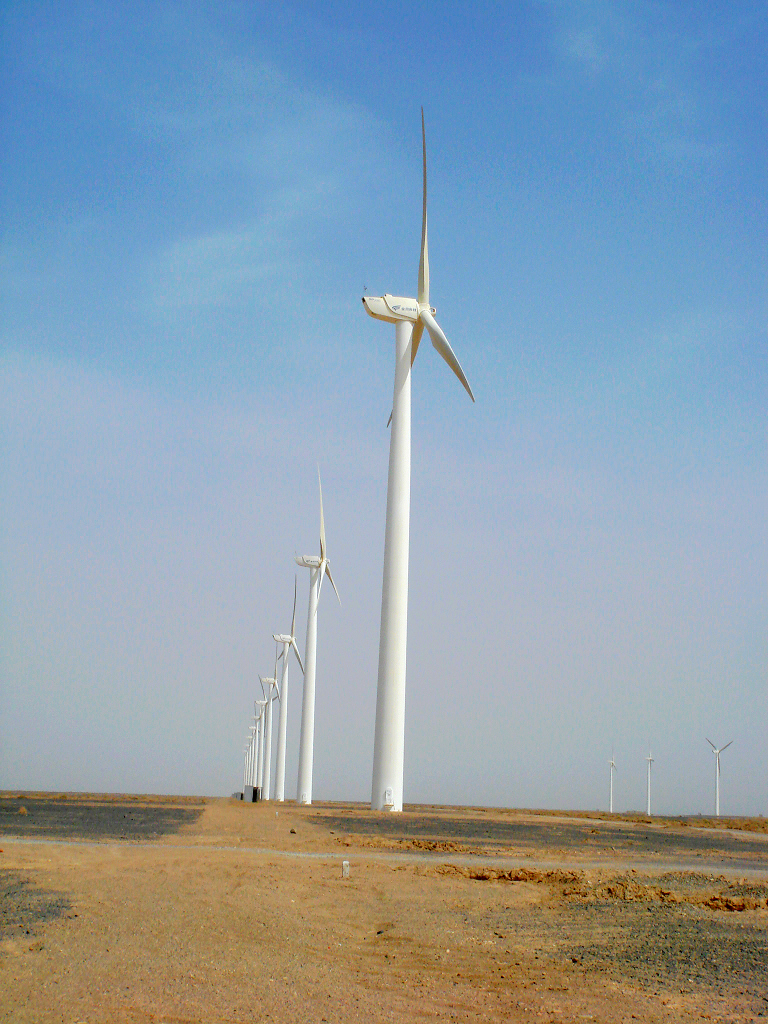Becour – platform for renEl and documentation

Companies like Elopak are transforming their operations to make them compatible with a sustainable future, and a big part of any company’s environmental impact is their energy use.
Elopak has been leading the way since the start – they were the first packaging company to join the RE100, a group of companies committed to using 100% renewable energy. They have also been a great help to Becour, supporting us in setting up Marbly, a tech platform that links companies with specific power plants to increase their positive impact on renewable energy markets.
BECOUR
- Year founded: 2018
- Headquarters: Fredrikstad, Norway
- Renewable energy use facilitated: 30 TWh
- In a nutshell: Becour helps global corporate energy buyers credibly document the renewable origin of their energy consumption.
How can you source your energy from renewable power plants?
When you are attached to a national energy grid, you cannot know which of the many power plants on the grid produced the physical electricity used in your home, factory, or office. It is impossible to track electrons – unless you are located on a microgrid with only renewable power sources, you will be using some proportion of fossil energy.
However, it is still possible to document 100% renewable origin for consumed electricity using energy attribute certificates. Whenever a megawatt-hour (MWh) of electricity is produced from a renewable source, a digital certificate is also generated. This certificate is valid for a year and can be sold to electricity consumers. Once the certificate is ‘canceled’, this counts as the consumer using 1 MWh of renewable energy. If the consumer buys and cancels enough certificates, they have documented the renewable origin for 100% of their energy consumption. This incentivizes the development of new renewable energy plants by allowing the owners to sell not only the electricity but also the certificate.
We are excited to see frontrunners like Elopak leading the way for more transparent and impactful renewable energy sourcing.
Becour

Is there room for improvement in the current system for renewable energy sourcing?
Traditionally, certificates can be generated in one place and canceled for energy usage far away. This means that a factory in an area with a large proportion of fossil fuels can claim renewable energy from somewhere where renewables are more abundant. While this supports renewables in general, it does not increase demand for renewables in the place where it is most needed – the grids with a high fossil fuel mix. The core aim of using renewables is to reduce greenhouse gas emissions by displacing fossil energy, so this is crucial. Sourcing renewable electricity produced in a place with a high proportion of fossil energy would mean that more carbon emissions would have been avoided.
There is a similar situation with time. As mentioned, renewable energy certificates can be claimed at any time within a year of being produced. This means that a company can buy many certificates generated, for example, from solar when the sun is shining, and then cancel them for energy consumed during the night. In practice, this means that we are reliant on fossil fuels during the time when solar energy dipped. It does not encourage the building of a renewable energy system that is capable of supporting society at all hours through diverse sources.
What does the future of renewable energy sourcing look like?
Becour helps companies to move forward with their renewable energy sourcing by facilitating them to source energy from specific powerplants in their region through the use of energy attribute certificates. We can match energy consumption with production happening during the same hour using matching algorithms. Being able to point to specific renewable power plants and say that your operations are powered by those means at all hours will hugely increase trust in a company’s commitment to tackling climate change.
Likewise, for companies like Elopak, who have been conducting lifecycle assessments for their products, this opens the door to extending this to include power plants. A life cycle assessment involves taking into account the environmental impact of a product at all stages, from extracting the resources used in production to what happens once it is discarded. There can be a large difference in the sustainability of different power plants due to the year built, type of renewable production, location, construction materials, so this could help them to find the most sustainable energy producers even among renewables – the best of the best.
Of course, we want to stress that we still see traditional renewable energy sourcing as a positive thing that should be the first step for all energy users. However, we see it as a stepping stone rather than as a final destination. We are confident that after seeing the first movers, such as Elopak, many companies will follow. This way, we can build a renewable energy system that can cover more and more of our total energy use, all around the globe, and at all hours.
